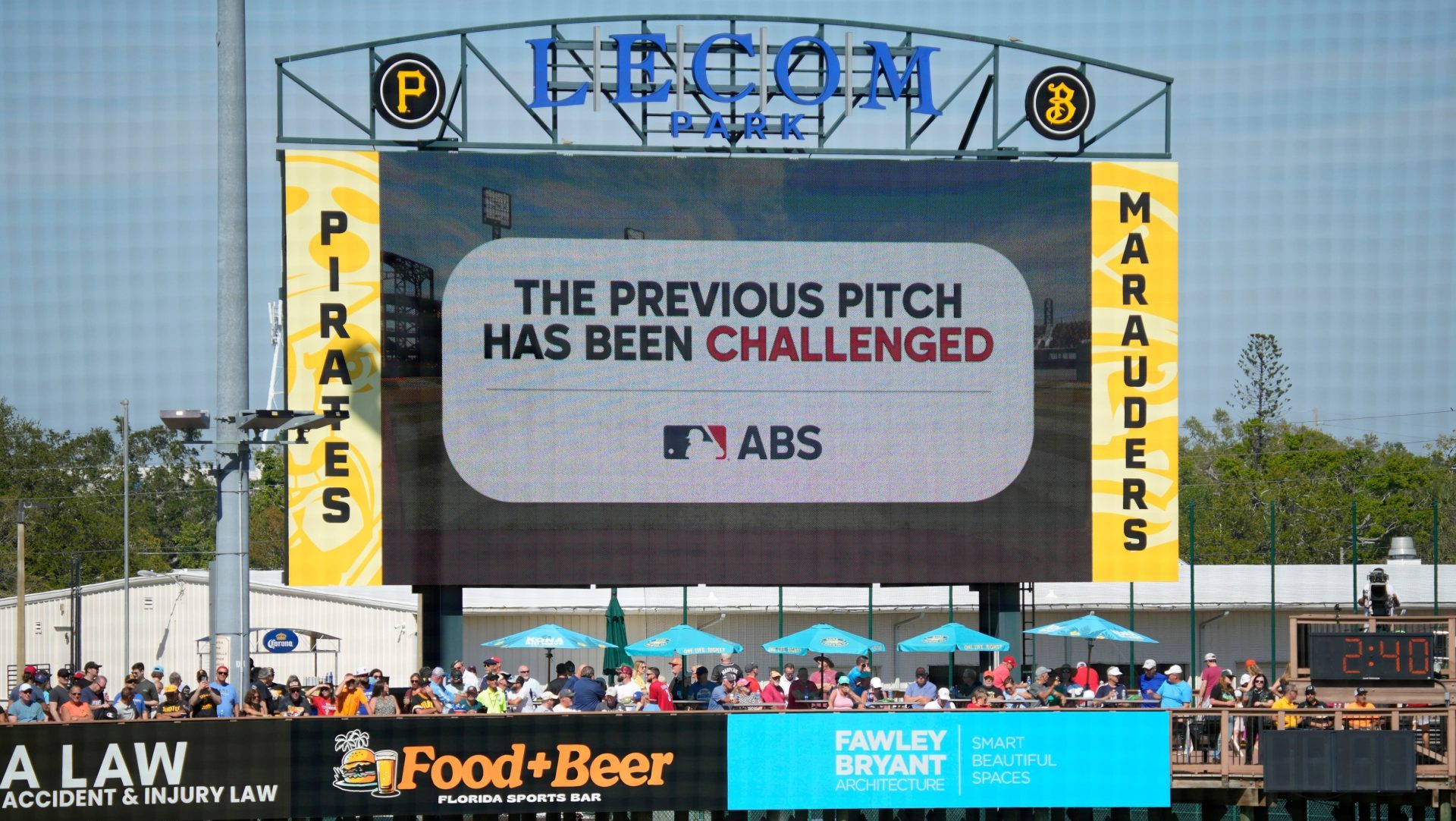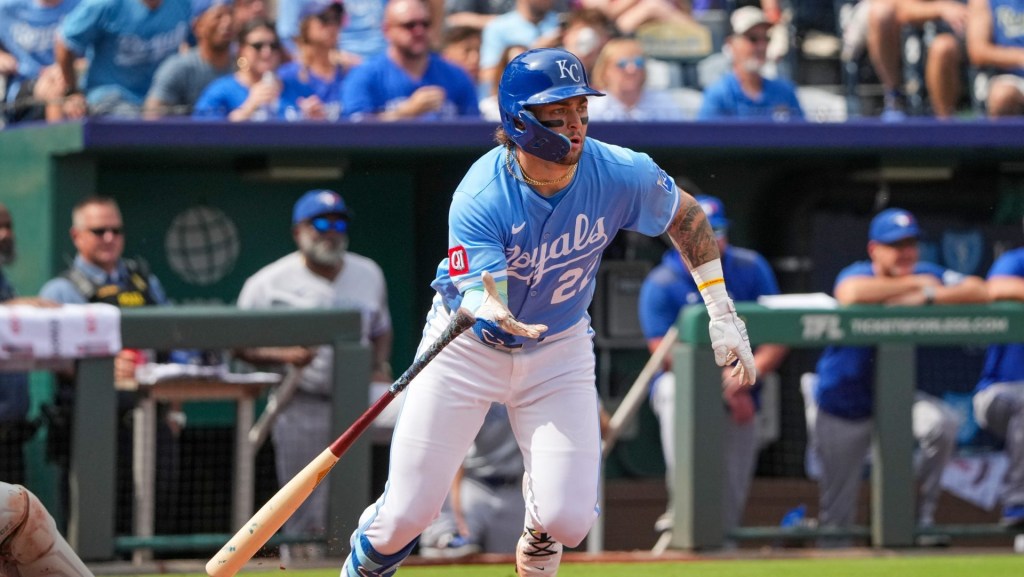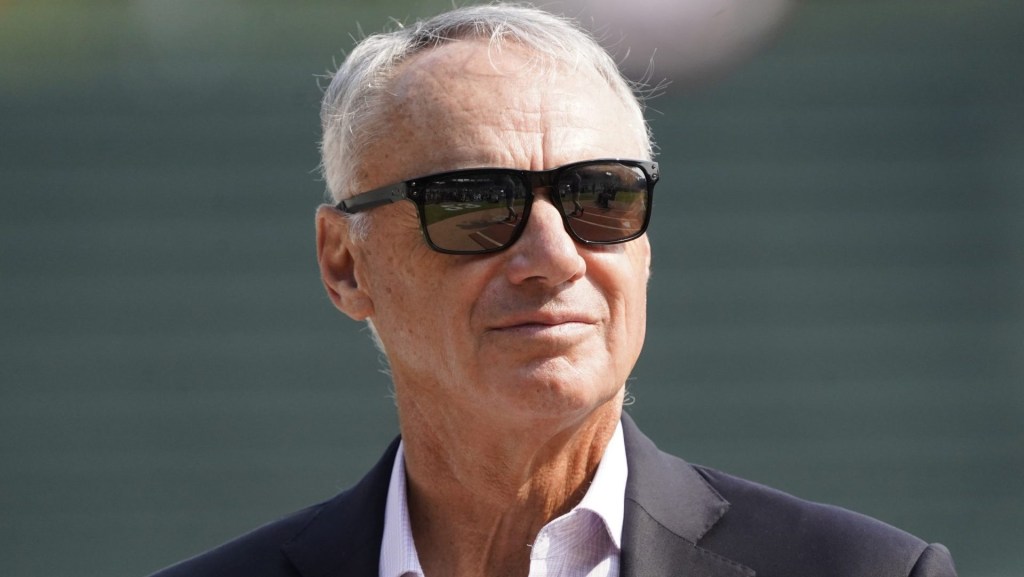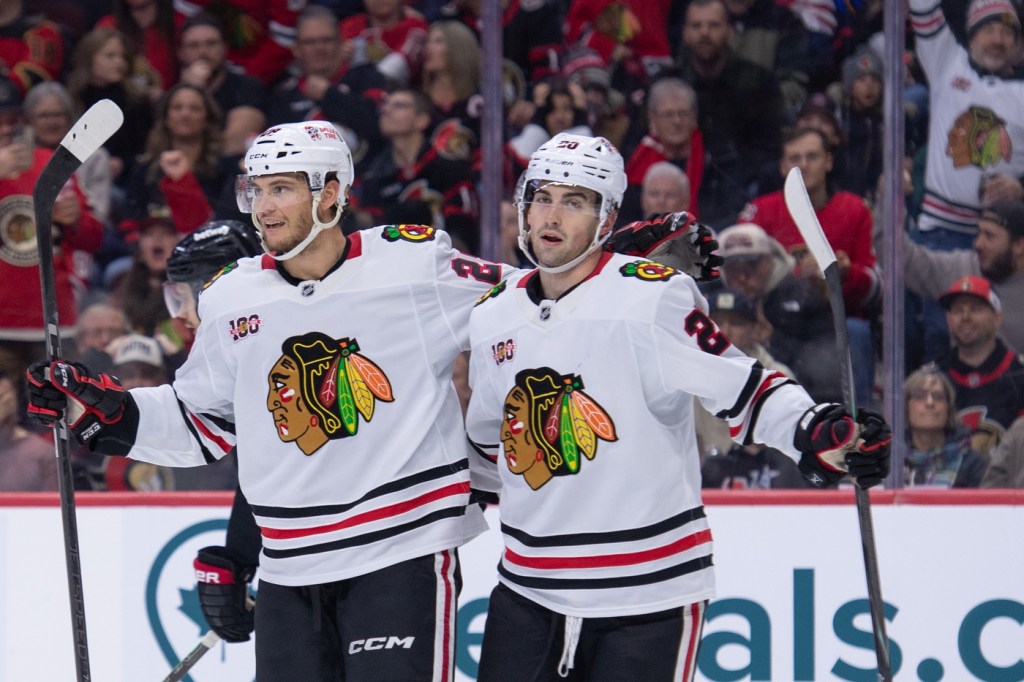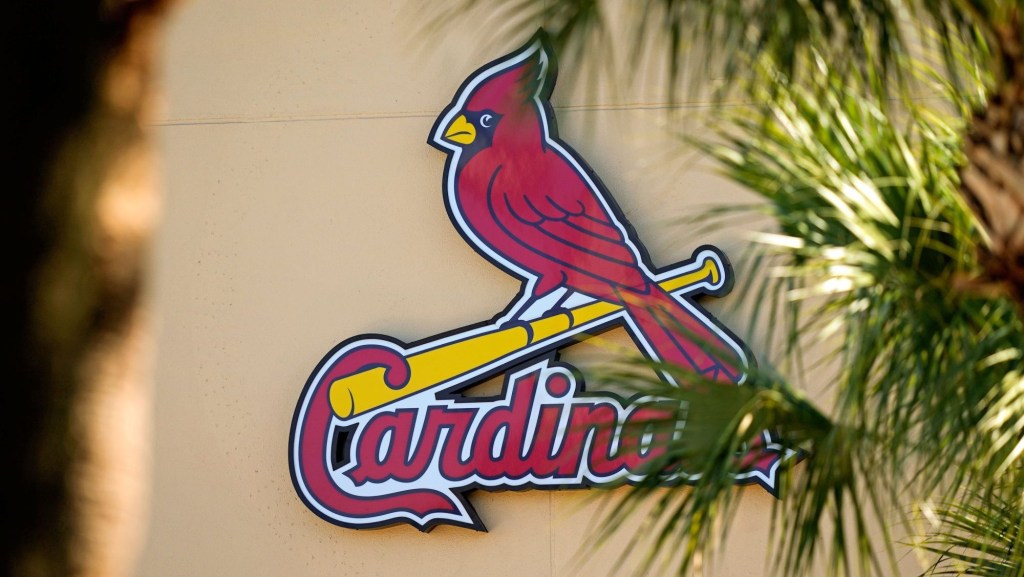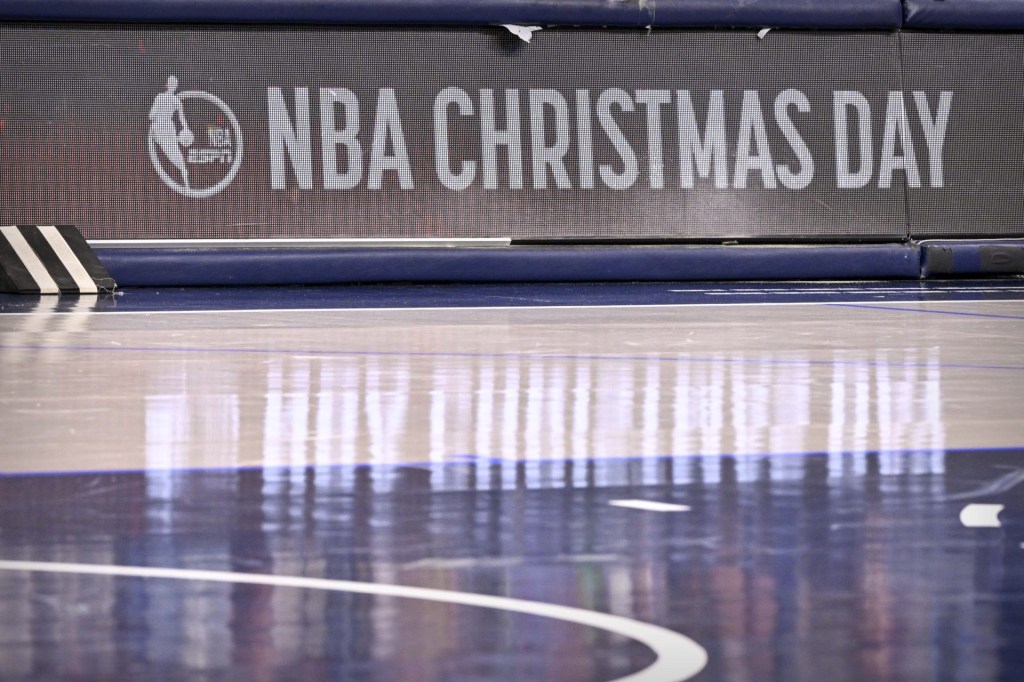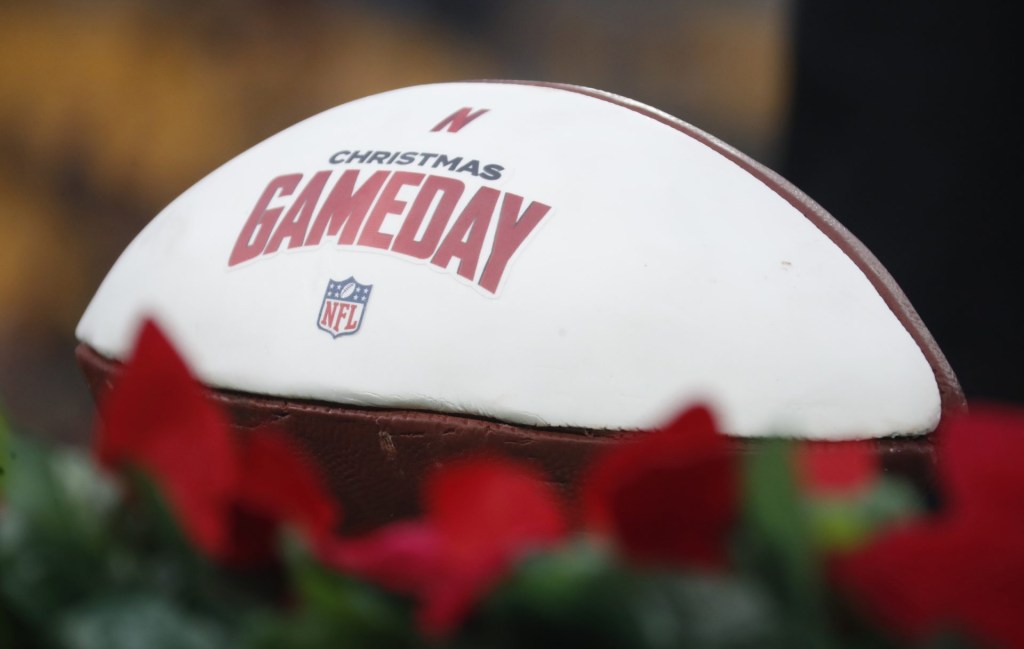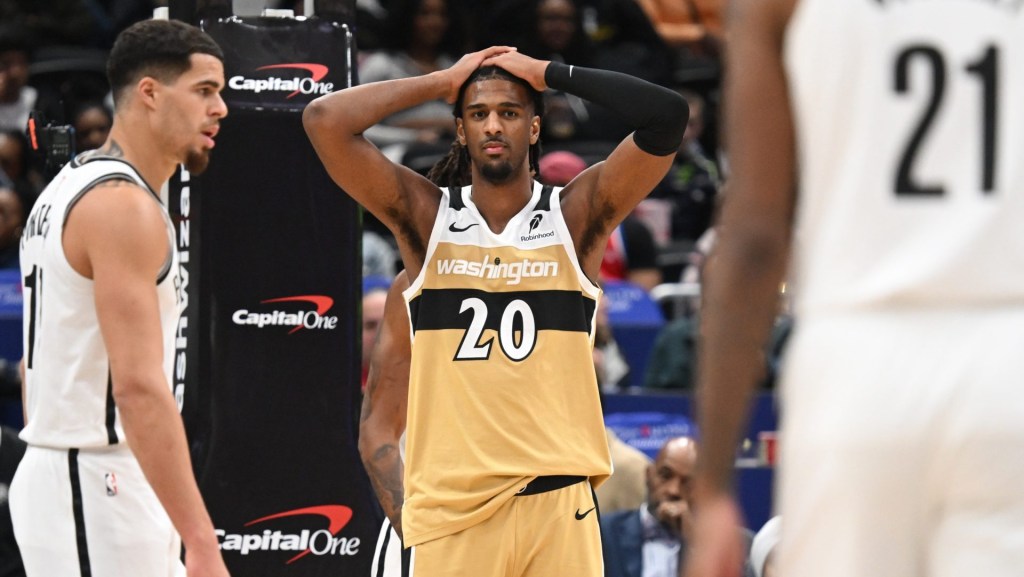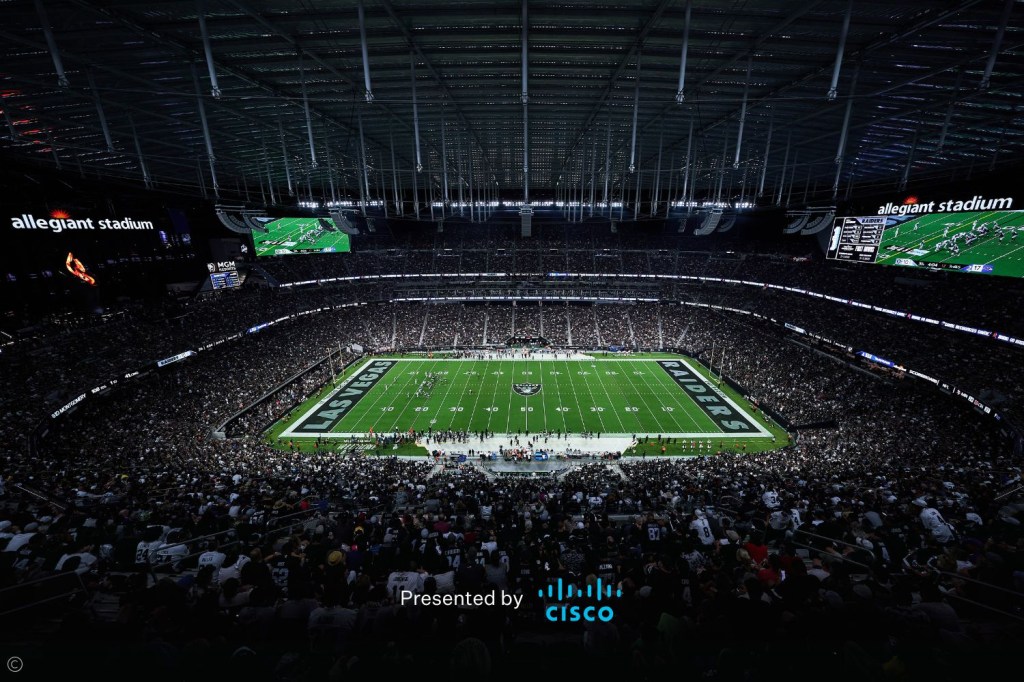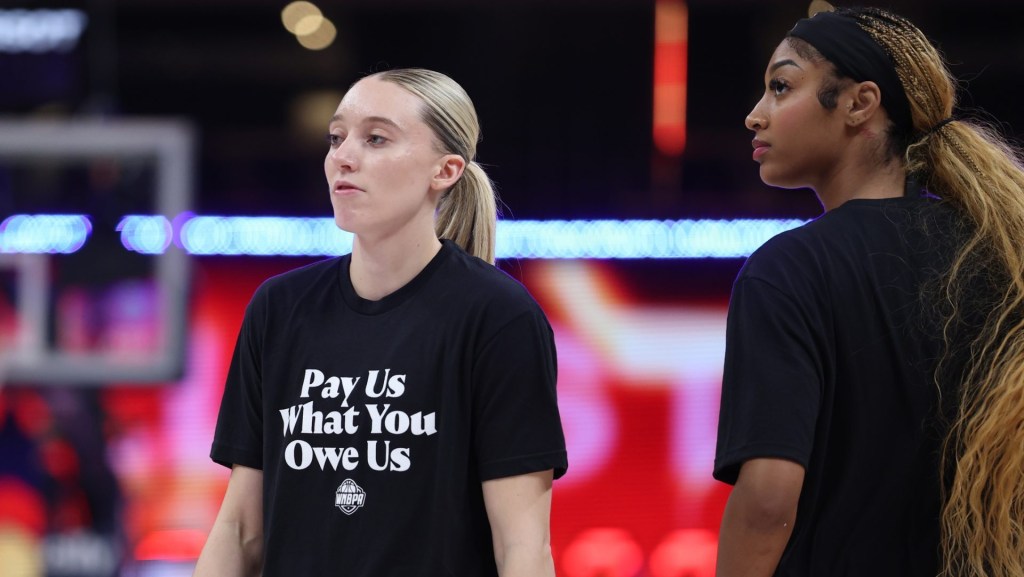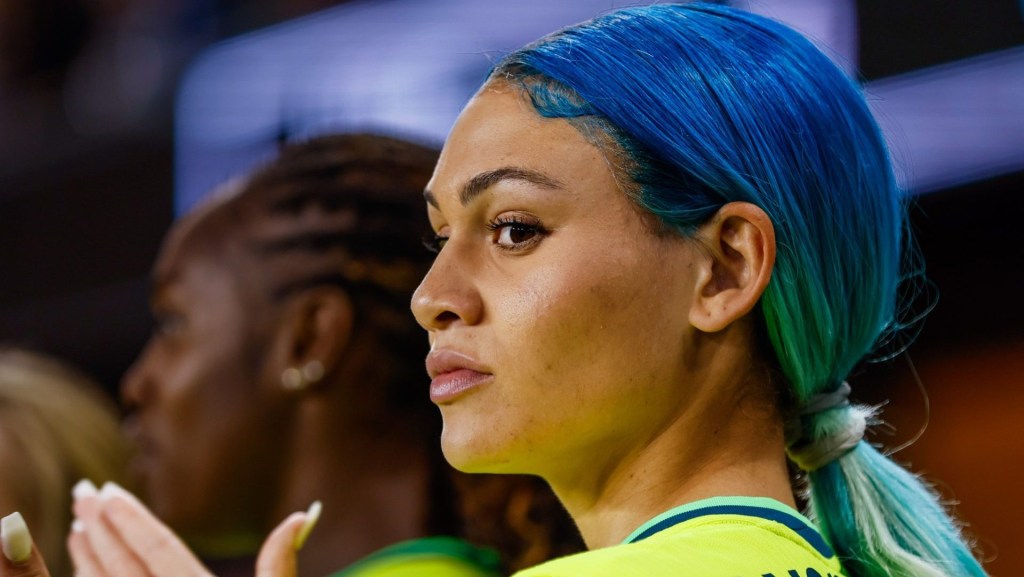Another new era in Major League Baseball is unfolding as the sport’s joint competition committee approved the adoption of the automated ball-strike (ABS) challenge system, beginning in 2026.
Following more than six seasons of testing in minor leagues, in spring training this year at the major league level, and at the 2025 All-Star Game, the ABS technology that monitors pitch locations will be used as the basis to challenge calls made by human umpires.
Each team will receive two challenges to start a game, and successful challenges will be retained. Those challenges may be initiated by only a pitcher, catcher, or batter, and cannot be aided by anyone else, including coaches and other players. Pitch locations will be verified electronically compared to the batter’s strike zone, with the entire review process taking about 15 seconds.
More broadly, the implementation of the system next year follows a series of on-field changes overseen by MLB commissioner Rob Manfred, including the 2023 adoption of the pitch clock, larger bases, and a ban on extreme defensive shifts. The challenge-based ABS system, however, fundamentally retains the human element and core function of a home plate umpire, and that person will continue to call every ball and strike—despite the arrival of the ABS technology colloquially known as “robot umpires.”
In June at league meetings, Manfred signaled a strong preference for implementing ABS next year, heightening expectations that the system would indeed arrive for 2026, but at the time, the league was still working through various logistics with key constituencies.
“Throughout this process we have worked on deploying the system in a way that’s acceptable to the players,” Manfred said in a statement. “The strong preference from players for the challenge format over using the technology to call every pitch was a key factor in determining the system we are announcing today.”
The MLB Players Association, however, countered some of that sentiment, and said in a statement that “the vote of the players on the committee was not unanimous, which was reflective of the broad player sentiment.”
The joint competition committee includes six club owners, four active players, and an active umpire.
Broader Impacts
The implementation of ABS could lead to a reduction in game ejections, as more than 60% of such penalties over the last two seasons have related in some way to the calling of balls and strikes. Major league umpires currently call about 94% of pitches accurately, according to UmpScorecards, but those more rare deviations are what can now be specifically addressed with the challenges.
At the Front Office Sports Tuned In media summit last week, Manfred said the successful introduction of the new on-field rules in 2023, particularly the pitch clock, provided a key template for how to roll out big changes in baseball—concepts again applied with ABS.
“The process that we went through with that set of rule changes [then] was really instructive for the owners,” he said. “We relied on fan research at the outset, we did a ton of testing to make sure we had a really good feel for what was going to happen … and our predictions turned out to be very accurate. That gives you the ability to go back to owners and say, ‘We can change again.’”
